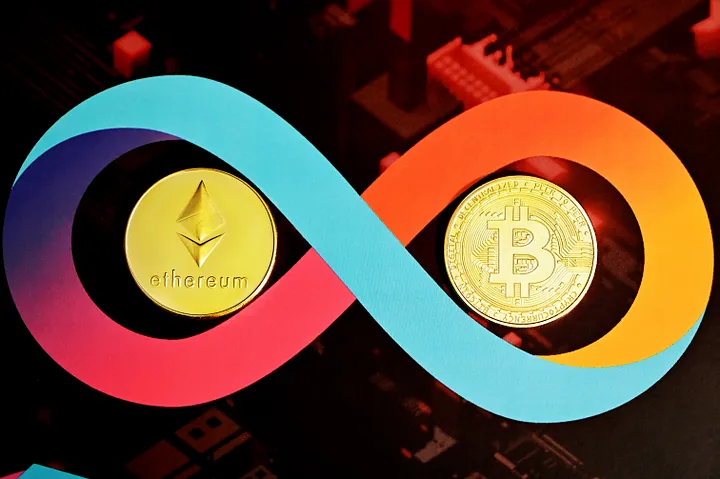Table of Contents

Lets explain blockchain using Legos
Hi there! Today, I’m going to explain you all about something called blockchain.
Imagine you have a big box of Legos, and you want to build something really cool. You start putting the blocks together, one by one, until you have a big tower. But what if you want to make sure no one else can take your tower apart and steal your Legos? That’s where blockchain comes in!

Blockchain is like a special kind of Lego tower that no one can take apart without your permission. Instead of just one tower, though, it’s more like a whole bunch of towers connected together. Each tower is called a block, and they’re all linked together in a chain.
Now, here’s the really cool part: once a block is added to the chain, it can’t be changed. That means no one can sneak in and steal your Legos, because the tower they’re attached to is completely secure.
So how does blockchain work?
Well, every time someone wants to add a block to the chain, they have to solve a puzzle. It’s like trying to figure out a really tricky riddle. Once they solve the puzzle, they get to add their block to the chain, and everyone else can see it.
But here’s the thing:
Once a block is added to the chain, it’s there forever. That means everyone can see what’s in the block, and no one can change it. So if someone tries to cheat and change something in a block, everyone will know because it won’t match up with the other blocks in the chain..
Key points to understand
- Blocks in a Chain:
- Each Lego block contains specific information, like a transaction in a blockchain. For example, it could represent a financial transaction, ownership of a digital asset, or any piece of data.
- Once a Lego block is filled with information, it is linked to the previous block in the chain, forming a continuous structure.
- Decentralization:
- Instead of one person holding all the Lego blocks or one central authority overseeing the construction, copies of the Lego structure are distributed across many participants (nodes) in a network.
- Each participant has a copy of the entire Lego structure, ensuring no single entity has complete control.
- Security through Consensus:
- Building a Lego structure requires agreement among participants about the shape and placement of each block. Similarly, in blockchain, achieving consensus among participants ensures the accuracy and security of the data.
- If someone tries to tamper with a Lego block (alter a piece of information in a block), the consensus mechanism ensures that everyone else in the network rejects the change, maintaining the integrity of the structure.
- Cryptography:
- Each Lego block is like a sealed box, with the contents visible only through the transparent sides. Similarly, blockchain uses cryptographic techniques to secure the data within each block.
- The information is encrypted, and each block contains a unique identifier called a “hash” that depends on its contents. If someone attempts to alter the information, the hash changes, alerting the network to potential tampering.
- Immutable Ledger:
- Once a Lego block is added to the chain, it’s challenging to alter because doing so would require changing every subsequent block and gaining consensus across the network.
- This immutability ensures that past transactions or data entries are secure and resistant to retroactive changes.
- Smart Contracts:
- Think of smart contracts as special Lego blocks with predefined rules. These blocks execute automatically when certain conditions are met.
- For instance, if a Lego block represents a contract, the smart contract block could automatically execute the terms of the contract (e.g., transferring ownership) when specific conditions are fulfilled.
That’s why blockchain is so useful for things like money. If you want to send someone some money, you can use blockchain to make sure it gets to them safely and securely. And because no one can cheat the system, you can trust that your money will always be safe.
So, that’s blockchain in a nutshell! It’s like a big tower made of Legos, but way cooler and more secure. And it helps us keep things like money safe and fair for everyone.
I hope you enjoyed this read. Feel free to share it with others
Next read : Breaking the Chains: How Internet Computer Blockchain is Revolutionizing Decentralized Applications


